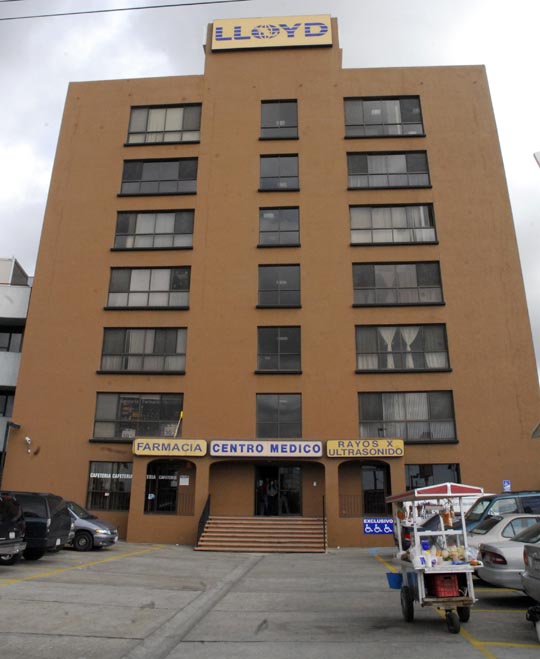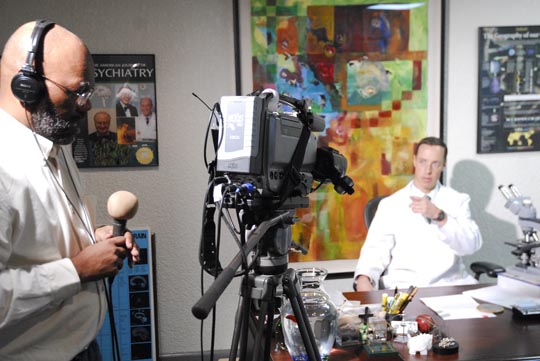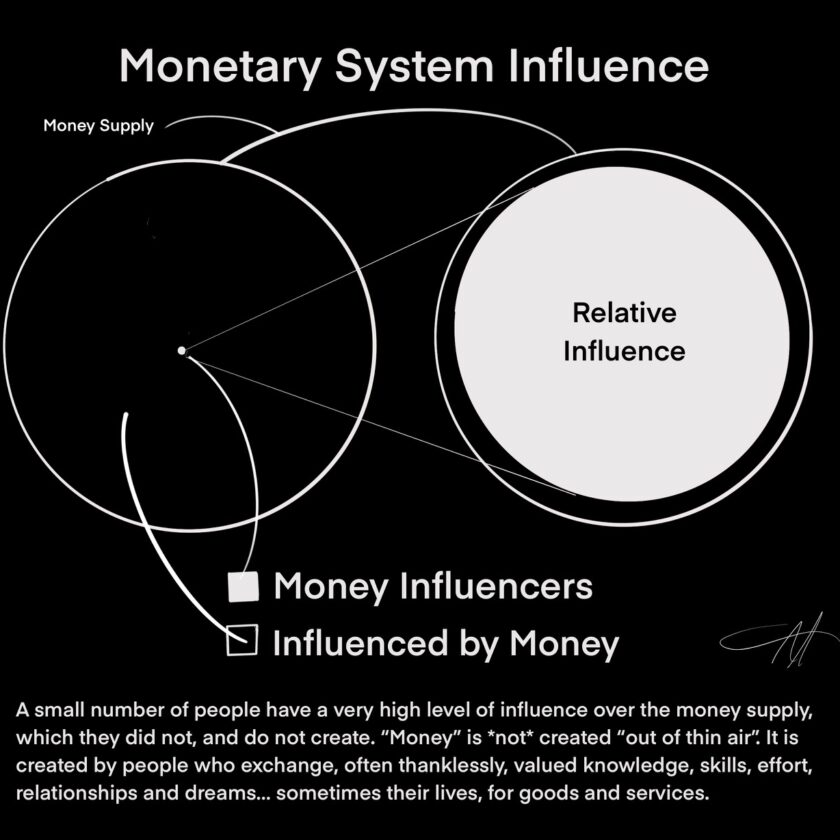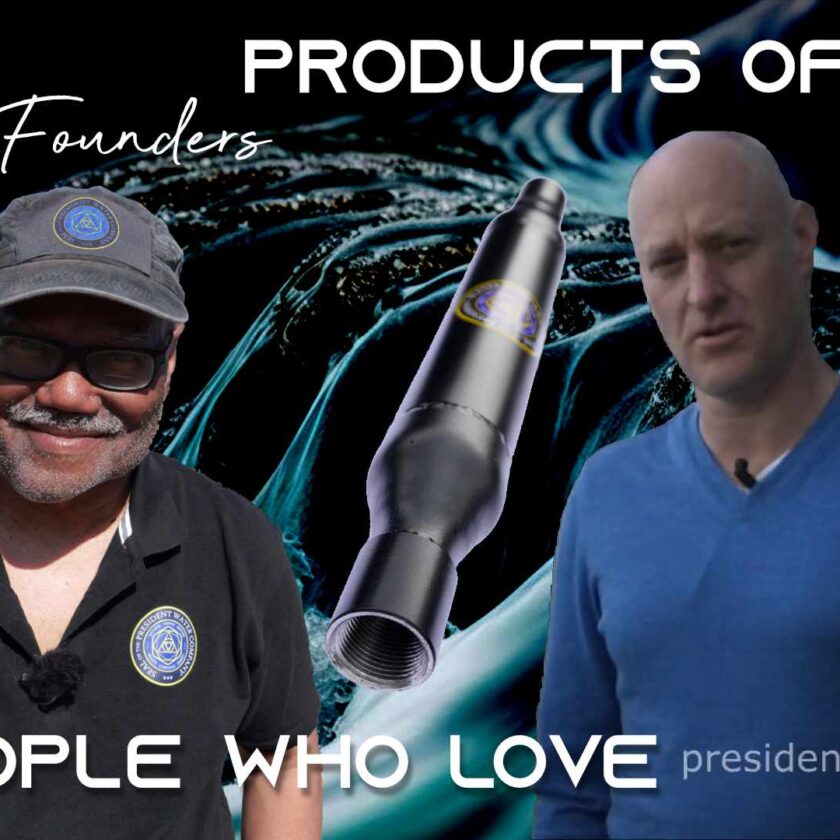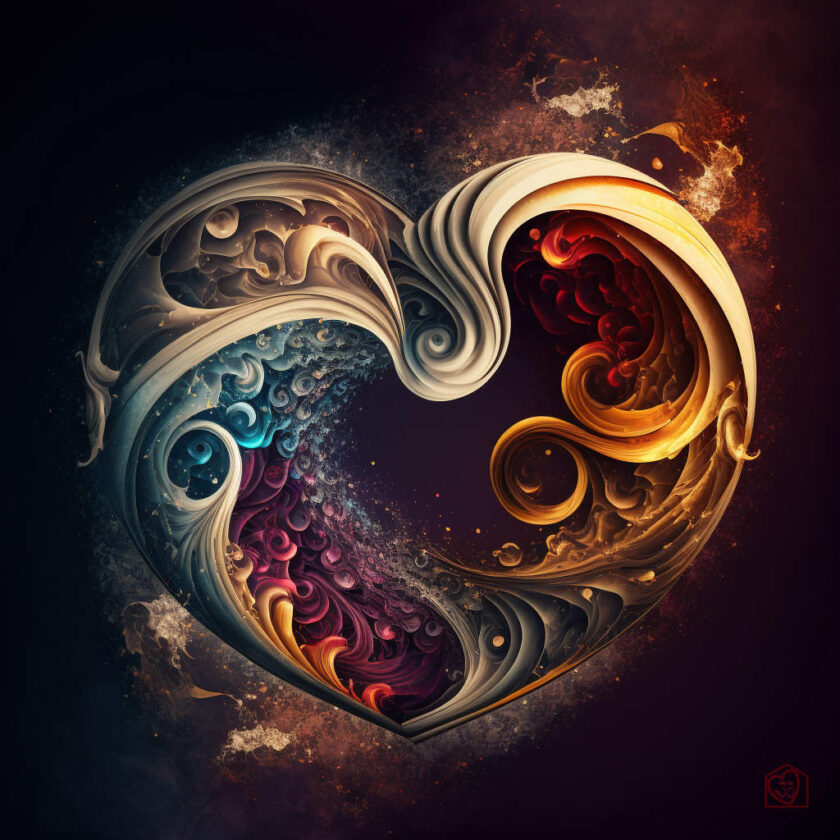My trip to meet and interview Dr. John Humiston in Tijuana for my documentary yielded the very best of what I would have hoped. He shared an understanding of the uses and potentials of MMS based on professional and personal experience.
He freely admitted that he was not familiar with chlorine dioxide prior to Jim Humble’s introduction, but he did his homework and learned about its properties. Such honesty is refreshing.
Chlorine dioxide has been used for over 50 years in numerous municipal, industrial and commercial applications. There’s a very valid argument for it being part of all municipal water treatment systems, replacing chlorination, in spite of the higher setup costs.
We have grown accustomed to accepting the consequences of environmental poisoning. We rationalize that the consistent intake of “this” or “that” toxin is acceptable, while refusing to consider the cumulative, and very real implications. The state of our health (or illness) today, individually and collectively, is the net effect of these decisions.
I was touched by the candor with which Dr. Humiston talked about his profession, and how it often appears to be functionally and philosophically organized in such a way as to, in effect, be against true health and healing, and for the management of disease.
He cited recent studies which indicate that suicide among male doctors was 40% higher than the general public, while suicide rates among women doctors being 2.27 times higher, or 227%. A quick search yielded all the corroborating evidence anyone could want. Yet, curiously, while reading through one article on the subject, a researcher at the Harvard Medical School said:
“We do not yet have a clear answer to why this is.”
This is amazing in one sense, and saddening in another. All the usual suspects are paraded out for potential scrutiny as probable reasons that doctors commit suicide at such alarming rates, such as depression, drug abuse and alcoholism, possibly related to stress. Sure we could look at such factors and say, “Tsk, tsk, poor doctors,” but there’s a glaring unexamined piece that was immediately evident to me; conscience.
These people… after all, doctors are people first, and trained in an intellectual system second… these people see how their system, which we refer to as “medicine,” actually works. They see the “back office” and “underbelly” of the beast that the patients don’t, and they’re not happy about it, or the role they play. They’re not happy about the toll that they, and their system are taking on peoples’ lives, and livelihoods by their industry’s narrow interpretation of the term “health care.” Indeed, in the prologue of a 2005 ScienceWeek article, the use of the term “healer” to describe today’s traditional doctor seemed oddly, an oxymoron.
That would certainly be a rub for me, if I understood that the tools and practices of my profession didn’t really represent a healing option, and that real healing options were off limits if I wanted to remain in good standing with my profession. Instead of speaking out against this trend, most doctors attempt to blot out their conscience. Some will simply snuff out their life.
Imagine the little boy or girl who grows up wanting to do nothing more than help people heal their pain, disease, and suffering (and make a good living at it too). They go through the rigorous and competitive training that a profession in medicine demands, only to discover that to gain and retain membership to this exclusive club, they must use only a small fraction of the tools of healing that are actually available. In fact, the mere hint that natural cures to some of our most challenging disease pathologies exist is treated as heresy.
Further imagine discovering that the expensive pharmaceuticals their medical tool boxes are filled with don’t really help restore health, but instead, keep their patients on a medicated merry-go-round.
What’s more, the doctor is expected to feign ignorance about nutritional sufficiency and balance, so that patients who would clearly benefit by mineral replenishment and a toxic cleansing are simply treated for their symptoms, and released, with their real problem not addressed because it’s not the doctor’s job. This guarantees that they will be back.
Many standard therapies involve introducing more toxins into the body, to kill off bacterial or viral infection. But there are precious few practices in place that remove the poisons that doctors put in.
While this system has become standard medical practice and is certainly “good” for the drug manufacturers, and the established physician’s lifestyle, it cannot be good for a doctor’s conscience. Some are able to quell their conscience through alcohol abuse or prescription medications. But another telling fact is that when they themselves come down with the very diseases that our toxic culture now suggests are inevitable, they have to finally put their own treatments to the test, which many oncologists will not do. Or they are now finally faced with looking at, and placing their hope in treatment modalities they have seen not work for so many patients.
It’ll be a great day when the term “healer” is appropriate to doctors. Ultimately, the individual actually heals, but his or her doctor’ knowledge, training, and help can be tremendously important.


